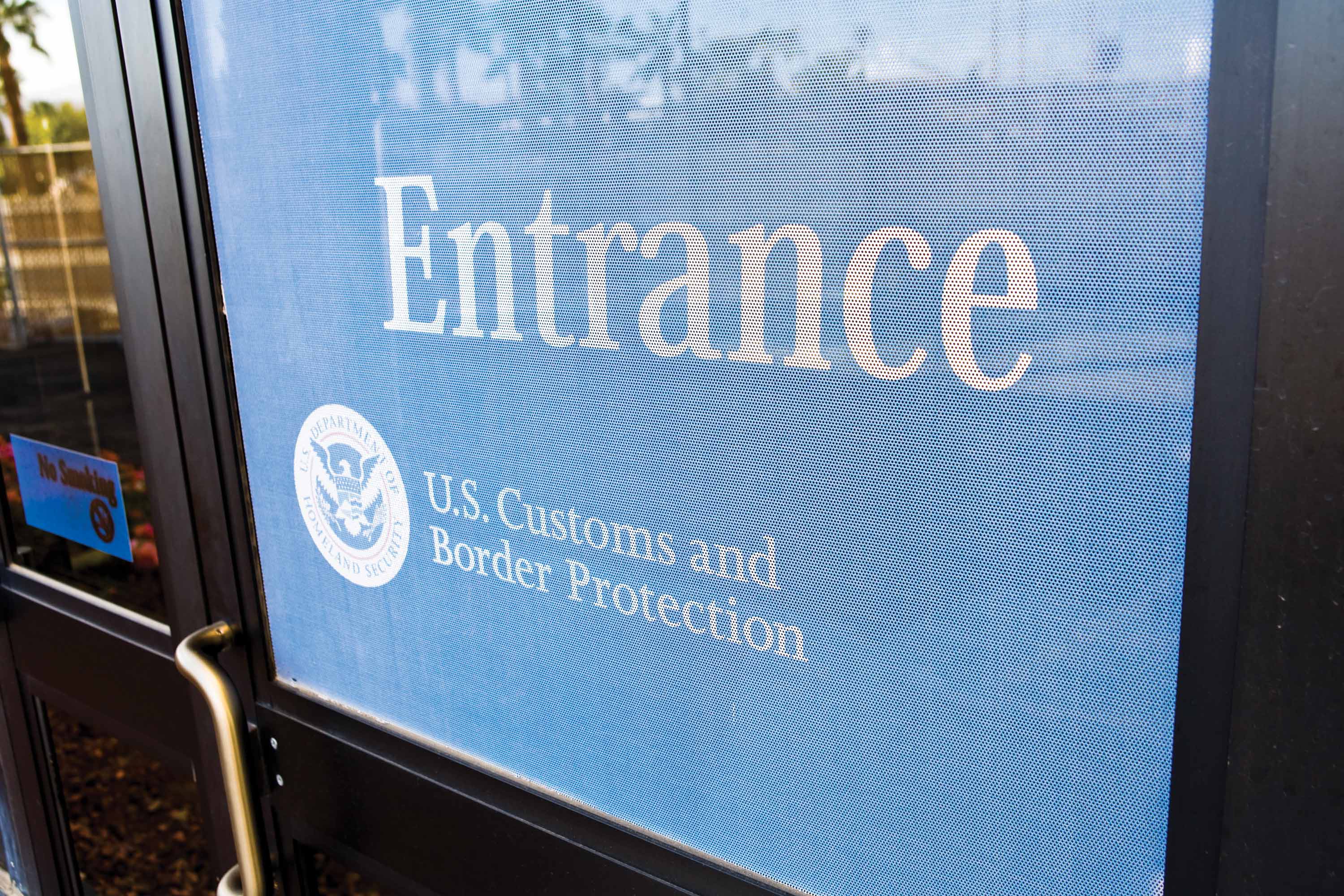
Feb. 6, 2015
U.S. Customs and Border Patrol (CBP) has updated the Private Air APIS Guide, along with its related airports and service providers lists.
New to the guide is a frequently-asked-questions section created directly from input provided by NBAA, the Aircraft Owners and Pilots Association and Experimental Aircraft Association, according to Sarah Wolf, NBAA’s senior manager of security and facilitation. This section includes a pragmatic discussion of recurring issues brought to CBP’s attention by users of the electronic Advance Passenger Information System (eAPIS).
One important procedural change highlighted in the new guide is clarification that APIS notification is also required for flights arriving from the U.S. Virgin Islands. Additionally, the new guide includes a better tutorial for eAPIS, as well as an explanation in plain language of how overflight permitting works.
There are sample worksheet forms for practice, too.
The 40-page guide includes enhanced explanations for how to handle passengers with more than one form of identification (i.e. a permanent residency card and passport), as well as bringing in passengers who lack identification. It also includes a chapter on how CBP determines and administers punishment for aircrews that do not comply with its regulations.
The guide states that as of January, “since the implementation of APIS requirements, CBP has processed over one million private aircraft and less than 50 private aircraft pilots have been the subject of penalty case initiation.” Most of the time when there is an inadvertent infraction, CBP wants to discuss it with an operator, educate them, and prevent it from happening again.
Published along with the guide is a list of nearly 330 main ports of entry where private fliers can currently land and clear Customs and Immigration in the U.S., as well as an up-to-date list of 25 qualified handling agencies and pilot organizations, which have been approved by CBP to transmit private flight manifests.
CBP-Private-Air-Guide. (PDF)


 International Business Aviation Council Ltd.
International Business Aviation Council Ltd.